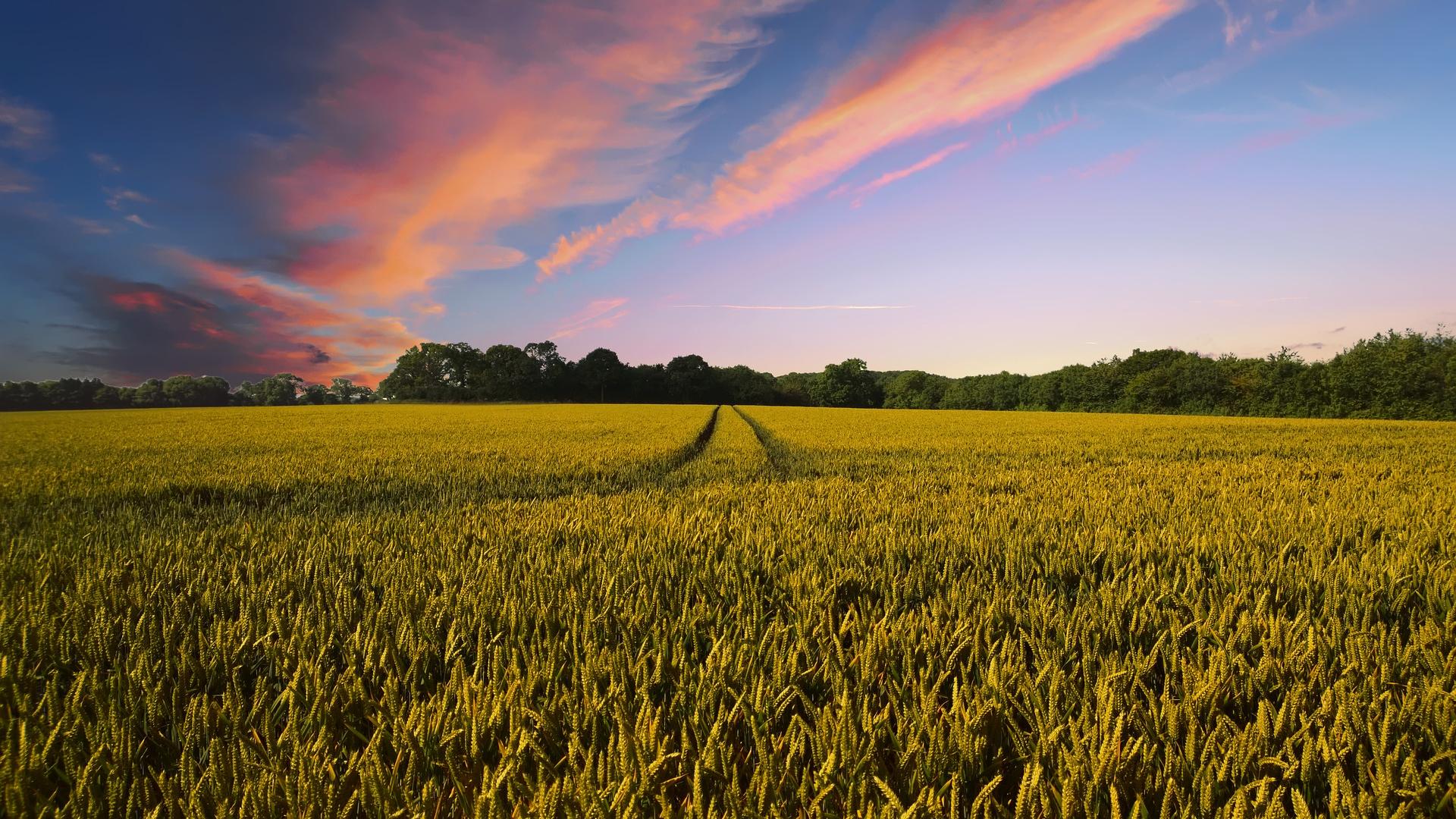Sandra Bell13 Feb 2020
Summary
The Agriculture Bill is the best opportunity we have had to reform farming policy in more than 50 years. This Bill is a unique chance to restore abundant wildlife and ensure healthy farmland that can support food production into the future.
The evidence is clear. Intensive, high-input farming is a key driver of wildlife loss in the countryside and people are rightly concerned. Over 100,000 of them have signed a Friends of the Earth petition demanding action to cut the use of harmful pesticides. Unfortunately, despite all the evidence, pesticide use is still going up, with too much prophylactic use (use when pests aren’t necessarily present).
Food productivity is directly dependent on essential services provided by nature such as pollination, natural pest control and healthy soils. Yet pesticide use is harming the species that provide these services.
Supporting pesticide reduction is not about banning all pesticides or being anti-farmer. It’s about ensuring farmers have the support they need to produce healthy food from a healthy environment. Farmers support the need to cut unnecessary use of pesticides – and it's better for their bottom line too.
A more natural - agroecological - approach to pest control would require more diverse habitats on farms. Recent evidence shows that planting trees and hedges helps boost natural predators. Tackling pesticides goes hand in hand with other action to boost nature on our farms and tackle climate change..
Friends of the Earth strongly supports the proposed reform of farm payments towards ‘public money for public goods’ But the Bill as it stands is too ambiguous and needs to be clearer that:
- Farmers will be rewarded for minimising pesticide use in line with an agroecological approach to farming
- Support for productivity measures must also be linked to improved environmental outcomes not just producing more food at any cost.
- A reduction target will be set for pesticide use and harms.
- Legal safeguards will be included to ensure that farmers in the UK are not undercut by imported food produced to lower standards.
The Agriculture Bill provides a unique opportunity to reverse the devastating impacts that intensive farming is having on our wildlife.
Insect Armageddon
Bees and other insects are at risk from current levels of pesticide use. When the massive decline in flying insects in Germany1 hit the headlines in 2017, researchers pointed to pesticides as a potential reason. Lead researcher Hans de Kroon commented that "We need to do less of the things that we know have a negative impact, such as the use of pesticides."
Then in early 2019 a global review of insects2 reported dramatic rates of decline in 40% of the world's insect species, warning of the possible extinction of many species over the next few decades. The authors concluded “a rethinking of current agricultural practices, in particular a serious reduction in pesticide usage and its substitution with more sustainable, ecologically-based practices, is urgently needed to slow or reverse current trends”.
A Silent Spring?
Many bird species such as skylarks, yellowhammers and spotted flycatchers are dependent on a good supply of insects for food.
The UK’s farmland birds have declined in number by 54 per cent since 19703. As the RSPB’s Professor Richard Gregory said “Lots of these farmland birds that are declining, they eat invertebrates and they feed their young on invertebrates, and those are the things that are hit by general pesticides in the countryside.”
Pesticide usage is going up
Defra’s Chief Scientist Professor Ian Boyd, and co-author Alice Milner, recently published a paper questioning the safety of current levels of pesticide use for the environment4, concluding that “The effects of dosing whole landscapes with chemicals have been largely ignored by regulatory systems. [...]This can and should be changed.”
The scientists compared the overuse of pesticides to antibiotics, saying that: “Both have been manufactured and supplied to market demand with little care taken to consider whether this is sensible. Both are often used prophylactically when sparing use would be more appropriate”.
Current levels of pesticide use are unnecessary as well as damaging.
A study in France5 found that the vast majority (94%) of farms would not produce less crops if they cut pesticides. In fact, two-fifths would actually produce more.
Farming relies on a whole host of helpful creatures for pollination, healthy soils and pest control.
Carabid beetles help farmers by controlling insect pests such as aphids, slugs and wireworm6, but around three quarters of species are declining, with threats including pesticide use and habitat loss. A review of pesticide effects on earthworms7 – crucial to soil health – also found negative impacts.”
The relationship between food production and a healthy environment is recognised by the UN’ s Food and Agriculture Organisation: “while the last half-century has witnessed striking increases in global food production through intensive use of inputs, such practices may deplete natural resources and impair the ability of agro-ecosystems to sustain production into the future.”8
In 2019 the UN published a major report on Biodiversity for Food and Agriculture9 concluding that “Biodiversity makes production systems and livelihoods more resilient to shocks and stresses, including to the effects of climate change” and warning that more action is needed to address the drivers of biodiversity loss including intensive farming practices such as pesticide use.
The Agriculture Bill opportunity
The Agriculture Bill presents the opportunity to give farmers the support they need to get off the chemical treadmill, lowering farmers’ costs and helping nature.
Integrated Pest Management (IPM) uses a range of farming practices to keep pests to below threshold levels of economic harm to the crop. These may include more diverse crop rotations, encouraging natural predators, and companion cropping.
Pesticides can still have a place in the farmer’s toolbox but cutting their use significantly will also cut farmers’ input costs.
Under the EU Sustainable Use Directive, and as a commitment in its 25 Year Environment Plan, the UK has committed to increasing the use of IPM.
However, for too many farmers, IPM is nothing more than a tick-box exercise and has a minimal role in the control of pests and disease.
Done properly IPM avoids damage to the ecosystems that farming depends upon. It is in line with calls from scientists to take an approach of ‘ecological intensification’ – “making smart use of nature's functions and services, at field and landscape scales, to enhance agricultural productivity, and reduce reliance on agrochemicals and the need for further land‐use conversion”10.
A farmer-led report for Friends of the Earth sets out several ways in which the Agriculture Bill could support farmers to take up IPM. It is essential that there is enough funding behind the government’s ambition for farming reform, including the following measures:
- Using the new public goods payments to promote the adoption of IPM.
- A new focus for R&D to support transition to low-input farming, including a mix of technology (for example, robots which target economically damaging weeds without killing beneficial wild plants) and systems-based approaches such as the most effective rotations, companion crops and ways to boost natural predators.
- Advice to farmers that is independent of merchants and manufacturers and the sale and distribution of agrochemicals.
Pesticide reduction target needed
A meaningful target is needed to reverse the upward trend in pesticides use and reduce impacts.
The government sets out a commitment in its 25 Year Environment Plan to “reducing the use of pesticides in the round”.
An ambitious target for pesticides reduction is needed to signal the scale of change needed and allow monitoring of progress.
Currently the trends are in the wrong direction, with pesticide use going up. For example in 2000 41% of cereal hectarage was sprayed more than 4 times, but by 2016 this had increased to 55%11.
The pesticide target must reduce impacts as well as use. It should include an indicator of toxicity, to encourage faster action to cut the most toxic chemicals. But overall use (frequency of application) must also be reduced.
There has been a rise in the use of pesticides which may not rank at the top of a toxicity list but have indirect or sub-lethal impacts. For example, the large rise in the use of some herbicides has resulted in widespread loss of arable wild plants, whether or not they pose an economic risk to the crop.
- 1Hallmann et al, More than 75 percent decline over 27 years in total flying insect biomass in protected areas, PLoS ONE 12(10): e0185809 (2017), http://journals.plos.org/plosone/article?id=10.1371/journal.pone.0185809
- 2Sanches-Bay & Wyckhays, Worldwide decline of the entomofauna: A review of its drivers, Biological Conservation Volume 232, (2019), Pages 8-27, https://www.sciencedirect.com/science/article/pii/S0006320718313636
- 3State of Nature Partnership, State of Nature 2016, (2016) https://www.rspb.org.uk/our-work/conservation/projects/state-of-nature-reporting
- 4https://www.theguardian.com/environment/2017/sep/21/assumed-safety-of-widespread-pesticide-use-is-false-says-top-government-scientist
- 5https://www.theguardian.com/environment/2017/apr/06/farms-could-slash-pesticide-use-without-losses-research-reveals
- 6http://www.coleoptera.org.uk/carabidae/home
- 7Pelosi et al, Pesticides and earthworms. A review, Agron. Sustain. Dev. (2014) https://doi.org/10.1007/s13593-013-0151-z
- 8http://www.fao.org/agriculture/crops/thematic-sitemap/theme/biodiversity/ecological-intensification/en/
- 9FAO. 2019. The State of the World’s Biodiversity for Food and Agriculture, J. Bélanger & D. Pilling (eds.). FAO Commission on Genetic Resources for Food and Agriculture Assessments. Rome. 572 pp. www.fao.org/3/CA3129EN/CA3129EN.pdf
- 10Kovacs-Hostyanszki et al, Ecological intensification to mitigate impacts of conventional intensive land use on pollinators and pollination, Ecology Letters (2017), https://onlinelibrary.wiley.com/doi/full/10.1111/ele.12762
- 11based on statistics from Fera Pesticide Usage Database


